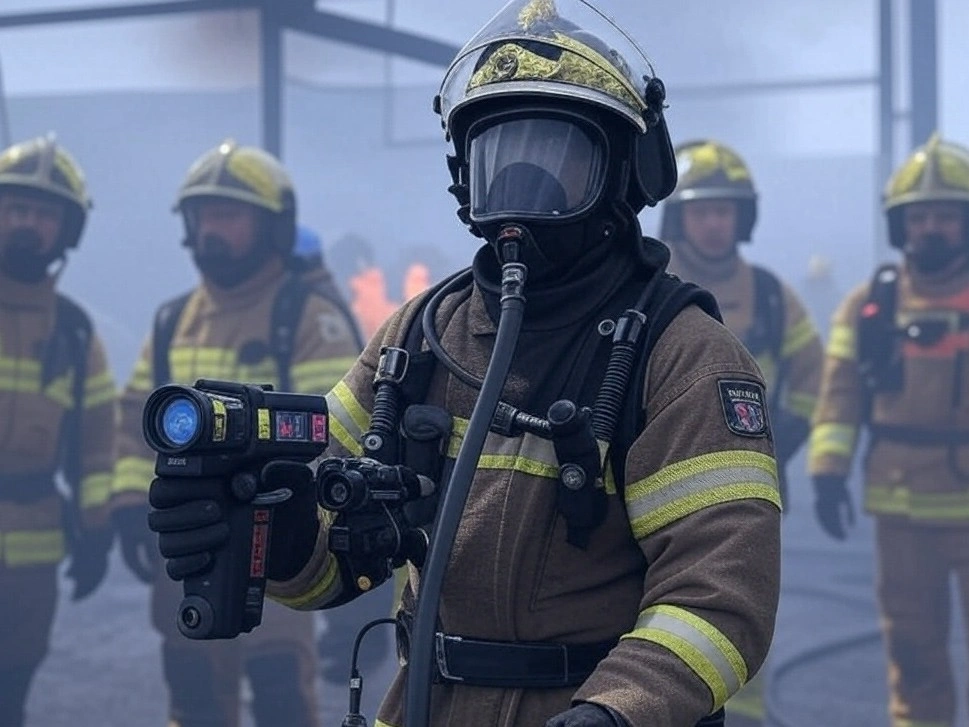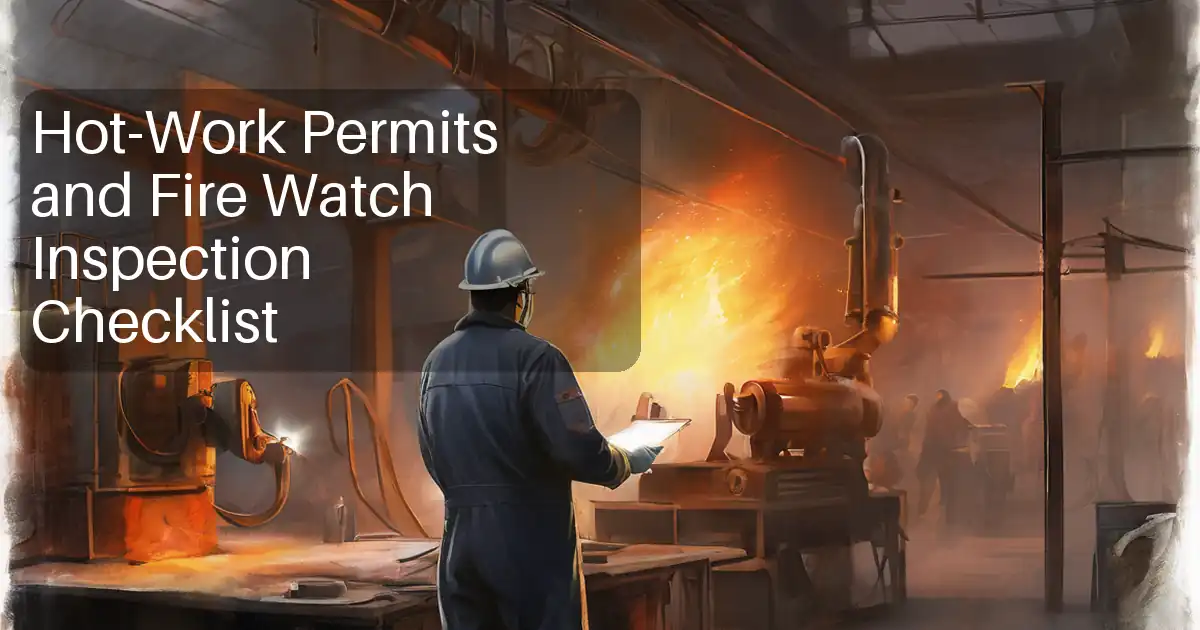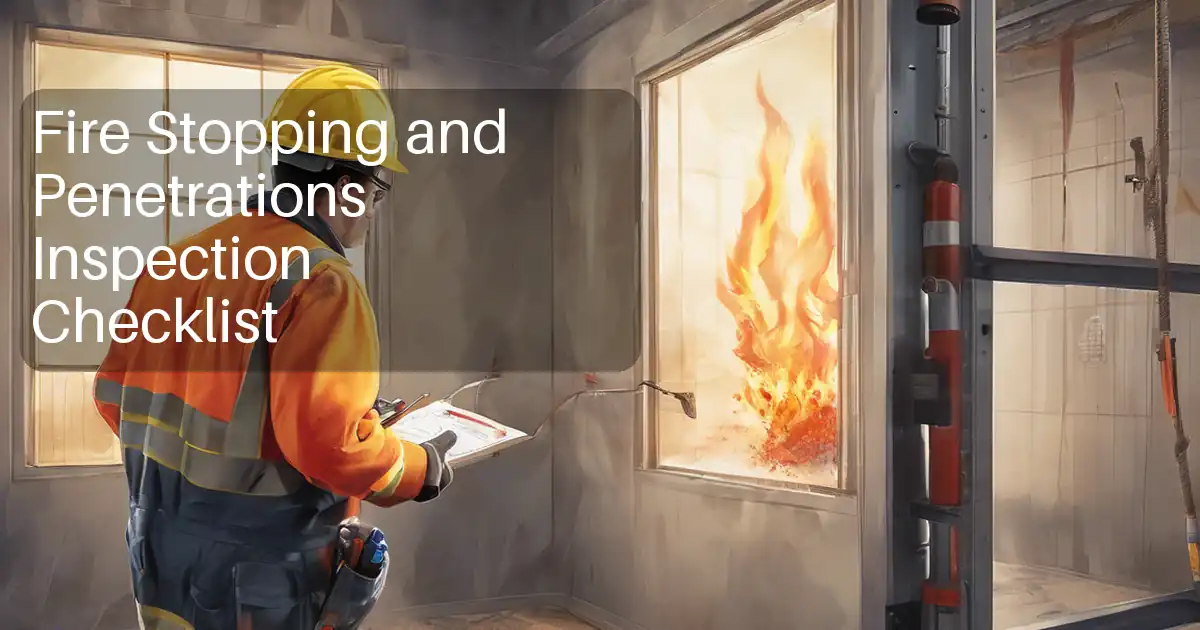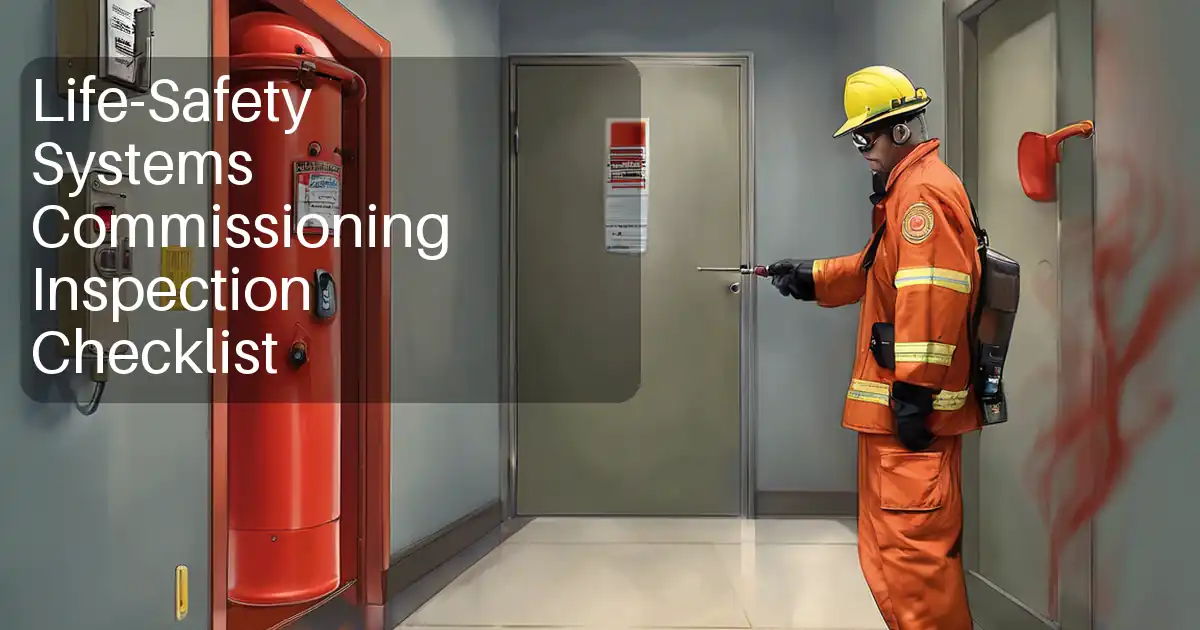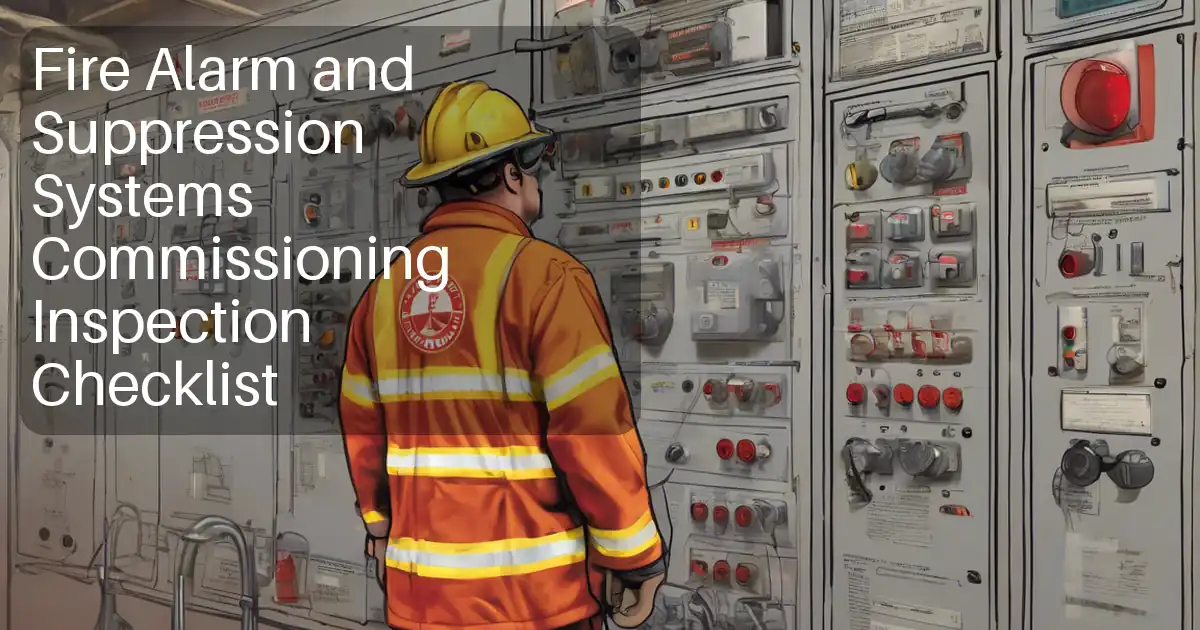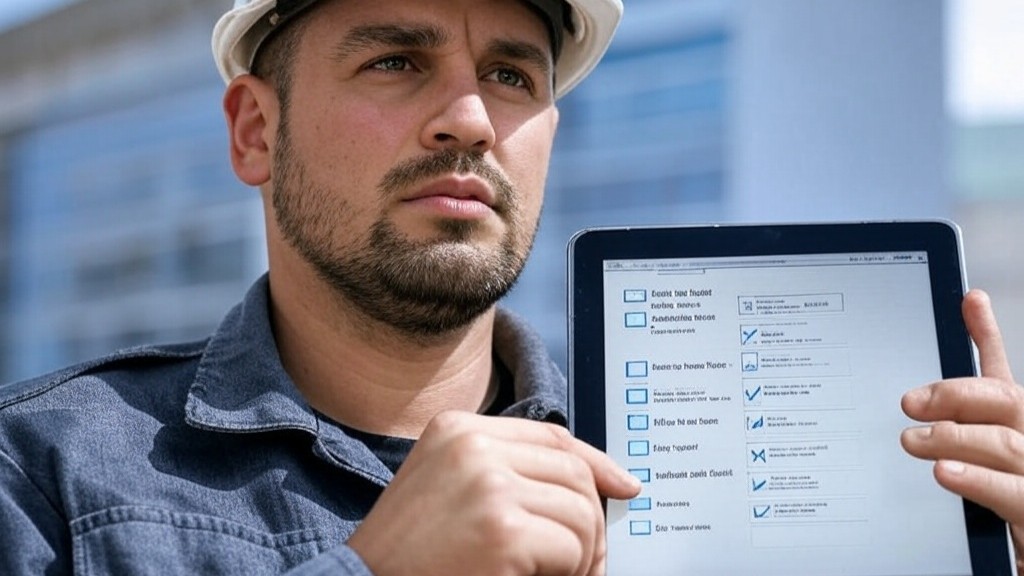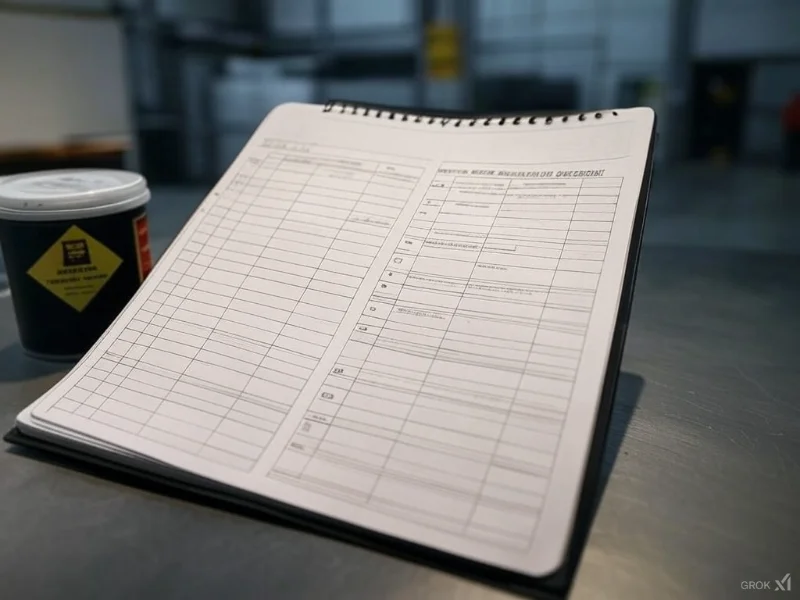21 Breakthrough Firefighting Technologies for 2025 (Free Procurement Checklist)
The firefighting industry is undergoing a technological revolution in 2025, driven by AI, IoT, and sustainability demands. With global fire incidents rising 18% since 2020 6 and stricter NFPA regulations, departments must adopt next-gen tools to enhance safety and efficiency. This guide explores 12 breakthrough technologies—vetted by FDNY and Dubai Civil Defense experts 310—that address critical challenges like high-rise fires, industrial blazes, and climate-driven wildfires.
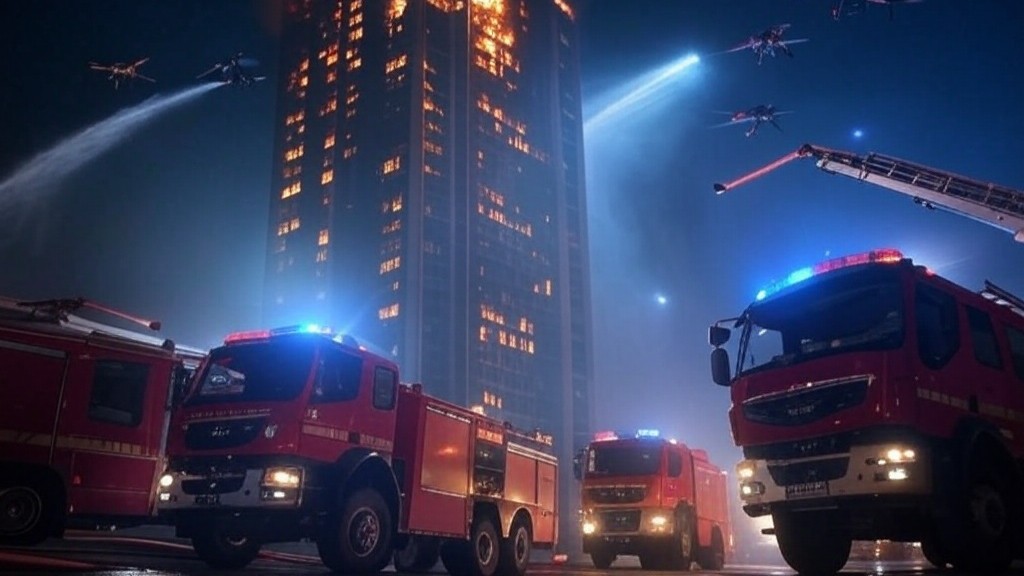
Download The List:
- 21 Breakthrough Firefighting Technologies for 2025 (Word format)
- 21 Breakthrough Firefighting Technologies for 2025 (PDF format)
Advanced Firefighting Drones
1. Tethered Firefighting Drones
Drones like the LT-UAVFW system can carry 100kg payloads (water/equipment) and reach heights of 100m with ultra-light hoses. Ideal for high-rise fires.
2. Search/Rescue Drones with Thermal Imaging
Equipped with FLIR Zenmuse XT2 cameras and AI human detection to locate victims through smoke.
🔗 Colorado Springs Drone Program
🔗 Wildfire Drone Technology by Zena Drone
3. Drone Docking Stations
Automated systems like FlytBase enable rapid deployment and fleet management.
4. Prop-Wash Drones
Use downward wind force to disperse toxic fumes and create survivable air pockets for victims
🔗 Hernando County Fire Rescue
Smart Firefighting Apparatus
5. Telescopic Fire Trucks
Pierce Enforcer Ascendant 100’ aerial ladders with 75m+ reach and integrated drone launch systems.
6. Collision Avoidance Mitigation Systems (CAMS)
AI-powered radar systems to prevent vehicle accidents during emergency responses.
7. Hybrid/Electric Pumpers
Pierce Volterra™ trucks with 2,000 GPM capacity and silent operation modes.
8. Smart Nozzles
Push-button water activation to reduce radio reliance during chaotic fireground operations.
AI & Data-Driven Systems
9. AI-Powered CAD-to-CAD Dispatch
Real-time coordination for mutual aid responses using AI analysis.
🔗 Firehouse AI Trends
10. Predictive Fire Spread Software
Integrates weather/GIS data to forecast fire behavior (e.g., Lockheed Martin’s digital fire models).
11. Digital Twins for Buildings
3D models for pre-incident planning and real-time fire spread simulation.
12. NERIS (National Emergency Response Information System)
Replaces NFIRS with geospatial data and machine learning for risk reduction.
Firefighter Wearables & PPE
12. C-THRU AR Helmets
Augmented reality heads-up displays with thermal imaging and navigation aids.14. Biometric Trackers (e.g., WHOOP Bands)
Monitor heart rate, heat stress, and fatigue in real-time.
15. PFAS-Free Turnout Gear
Compliant with updated OSHA/NFP standards to reduce carcinogen exposure.
Communication & Command Tools
16. 5G Rugged Tablets
Panasonic TOUGHBOOK devices with glove-touch screens for incident tracking.
17. Satellite-to-Cell Comms
Ensures connectivity in rural/urban dead zones (e.g., Starlink integration).
Training & Simulation
18. XR (AR/VR) Platforms
High-rise and wildfire scenario training with AI-driven analytics.
19. AI Training Analytics
Tracks skill retention and identifies gaps in firefighter performance.
Infrastructure Upgrades
20. IoT Sensor Networks
Early smoke/heat detection with wireless connectivity for older buildings.
21. Automated Secure Alarm Protocol (ASAP)
Direct alarm-to-PSAP alerts to reduce response times.
